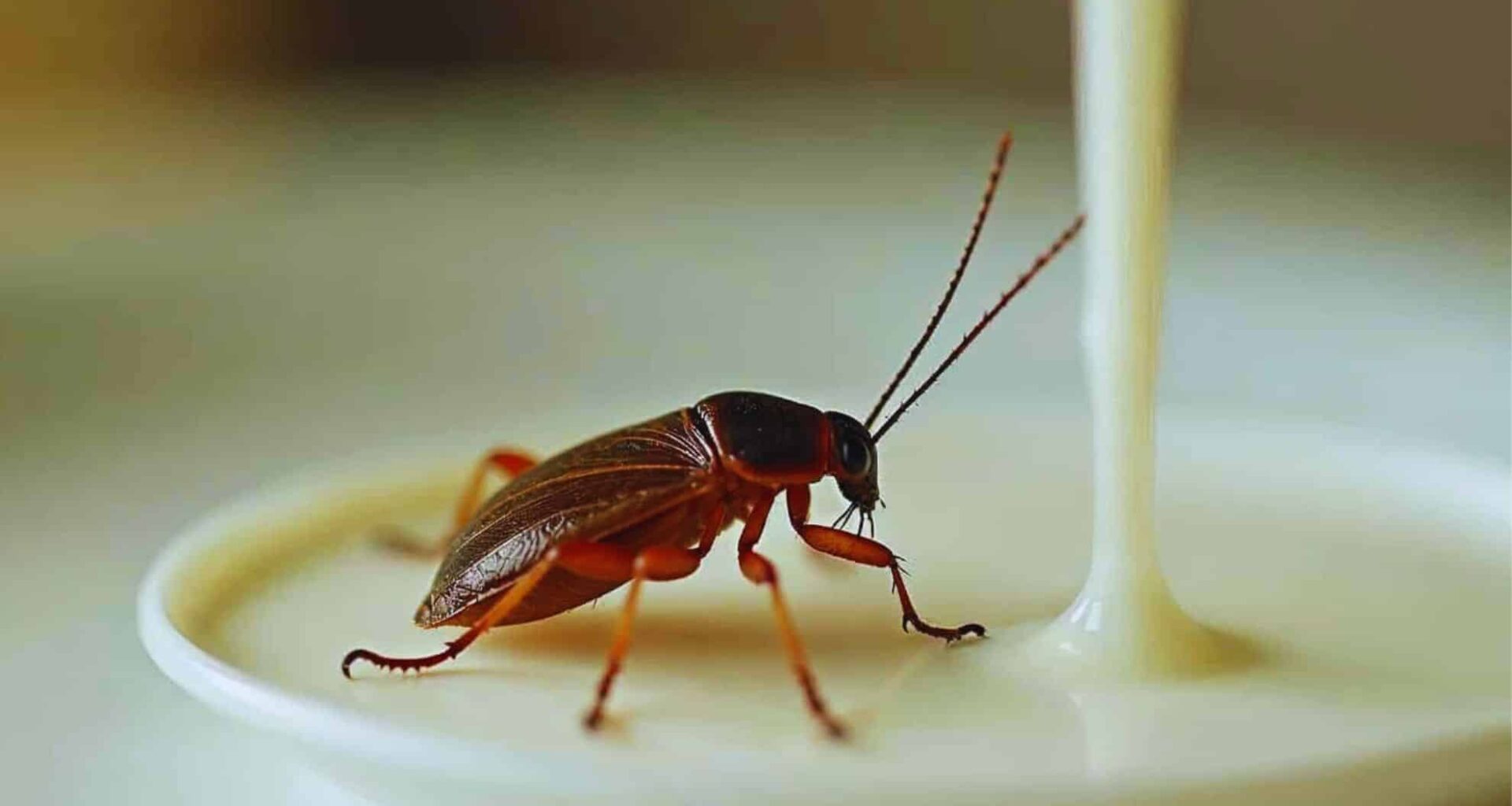In 2016, a team of international researchers published a structural biology study in IUCrJ that decoded the atomic-level makeup of protein crystals secreted by a little-known cockroach species, Diploptera punctata. These crystals—formed inside developing embryos—are so nutritionally dense that scientists have suggested they could one day serve as a potent compact food source.
Backed by molecular imaging, the study revealed that the crystals are complete, highly ordered structures made of proteins, sugars, and lipids, and that they could offer more than three times the energy of buffalo milk per gram. While this doesn’t mean we’ll be sipping on cockroach milkshakes anytime soon, the implications for food science, space travel, and survival nutrition are significant.
A Unique Cockroach and an Unusual Form of Nourishment
Diploptera punctata, a cockroach native to Pacific regions, is one of the few insect species that gives birth to live young rather than laying eggs. To support embryo development, the mother produces a milk-like fluid that crystallizes in the gut of her offspring. Each of these Lili-Mip protein crystals contains all the essential amino acids, along with fats and carbohydrates.
The crystals were imaged using X-ray diffraction, which revealed a lipocalin fold, bound lipids, and a tightly packed glycosylated structure that allows for slow digestion—a rare property among natural proteins. As co-author Sanchari Banerjee noted, the crystals are “a complete food,” offering not only macronutrients but also time-release nutritional delivery.
Built for Slow Release and High Efficiency
Unlike many nutrient supplements that spike and fade quickly in the bloodstream, the cockroach milk crystals dissolve gradually, offering a sustained release of energy. This controlled release is a direct consequence of their molecular structure, which holds nutrients in tightly packed layers, releasing them only as enzymes slowly break the crystal down during digestion.
According to lead researcher Subramanian Ramaswamy, the protein “is time-released food. If you need calorically high food, that is time released and complete—this is it.” This characteristic could make it especially useful in scenarios requiring compact, long-lasting nutrition—such as in emergency rations, long-duration missions in space, or extreme environments.

No Milking Machines—Just Molecular Biology
Despite the catchy headlines, milking cockroaches is neither feasible nor efficient. In fact, it would take over 1,000 cockroaches to produce just 100 grams of the crystals. Instead, the researchers identified and sequenced the genes responsible for producing the Lili-Mip proteins, and are now attempting to replicate them in microbial systems like yeast. This would allow the proteins to be produced in large quantities without relying on the insects themselves.
If successful, this could pave the way for a novel category of engineered superfoods, offering compact, customizable, and shelf-stable nutrition for specific needs. The biomanufacturing pathway would also enable precise control over composition, allowing future versions to be optimized for different demographic or medical requirements.
Future Use Cases—But Not Your Next Protein Shake
Despite its nutritional value, cockroach milk is not suitable for general consumption—at least not yet. For one, no clinical trials have tested its safety in humans. There’s also the caloric density: a hypothetical 250 ml serving of cockroach milk would pack around 700 kilocalories, making it a poor fit for calorie-conscious Western diets.
Where it may shine, however, is in specialty applications: nutritional therapy for malnourished populations, space food for astronauts, or emergency packs where space and stability matter more than flavor. The crystals are highly stable, do not require refrigeration, and contain a nearly perfect nutrient profile—qualities hard to match with conventional food.
And for those wondering about taste? According to a few researchers who handled the crystals, they are reported to have no discernible flavor—a small relief in an otherwise alien-sounding food source.
